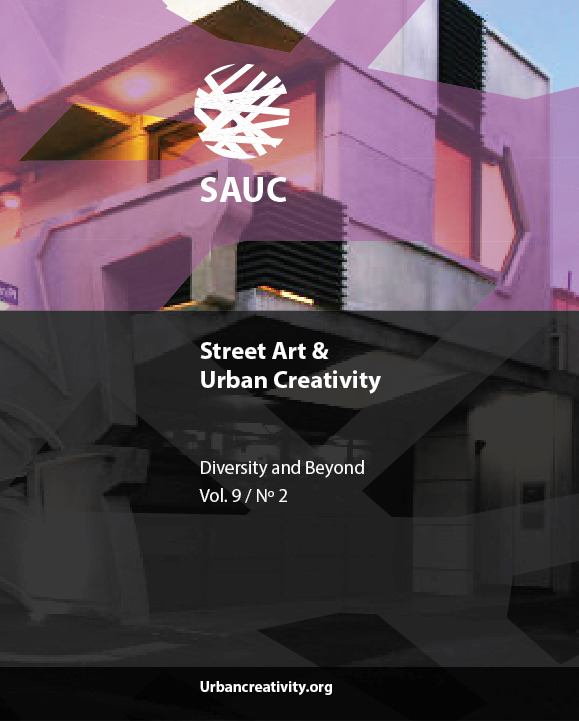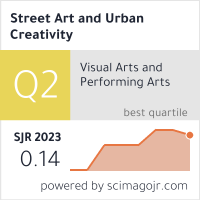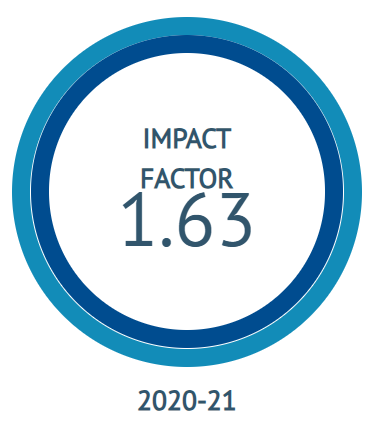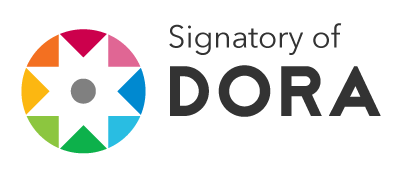The Expression of Free Opinion through Graffiti and Murals in Kosovo and Serbia
DOI:
https://doi.org/10.25765/sauc.v9i2.719Keywords:
Art, mural, graffiti, work, culture, legalAbstract
This work addresses the art of graffiti and murals in Kosovo and Serbia. Is graffiti political or not political? Are the murals in Kosovo and Serbia addressing similar political subjects? How much influence do the works of art possess? Murals and graffiti express culture in both Kosovo and Serbia. In Serbia, depictions of war leaders are on the walls of buildings all over the country. In Kosovo, how are the topics of the last war presented? Do real social themes influence the depictions of the murals? The graffiti and mural works in Kosovo are different from those in Serbia. Serbs still depict war themes in both graffiti and murals but in Kosovo, the topics are freer, still maintaining their subjectiveness to current political, social, economic, and legal topics. Free speech is as free as it is in murals and graffiti in two neighboring states that are American to each other.
Downloads
Global Statistics ℹ️
|
182
Views
|
239
Downloads
|
|
421
Total
|
|
Downloads
Published
How to Cite
Issue
Section
License
Those authors who publish in this journal accept the following terms:
-
Authors retain copyright.
-
Authors transfer to the journal the right of first publication. The journal also owns the publishing rights.
-
All published contents are governed by an Attribution-NoDerivatives 4.0 International License.
Access the informative version and legal text of the license. By virtue of this, third parties are allowed to use what is published as long as they mention the authorship of the work and the first publication in this journal. If you transform the material, you may not distribute the modified work. -
Authors may make other independent and additional contractual arrangements for non-exclusive distribution of the version of the article published in this journal (e.g., inclusion in an institutional repository or publication in a book) as long as they clearly indicate that the work was first published in this journal.
- Authors are allowed and recommended to publish their work on the Internet (for example on institutional and personal websites), following the publication of, and referencing the journal, as this could lead to constructive exchanges and a more extensive and quick circulation of published works (see The Effect of Open Access).













